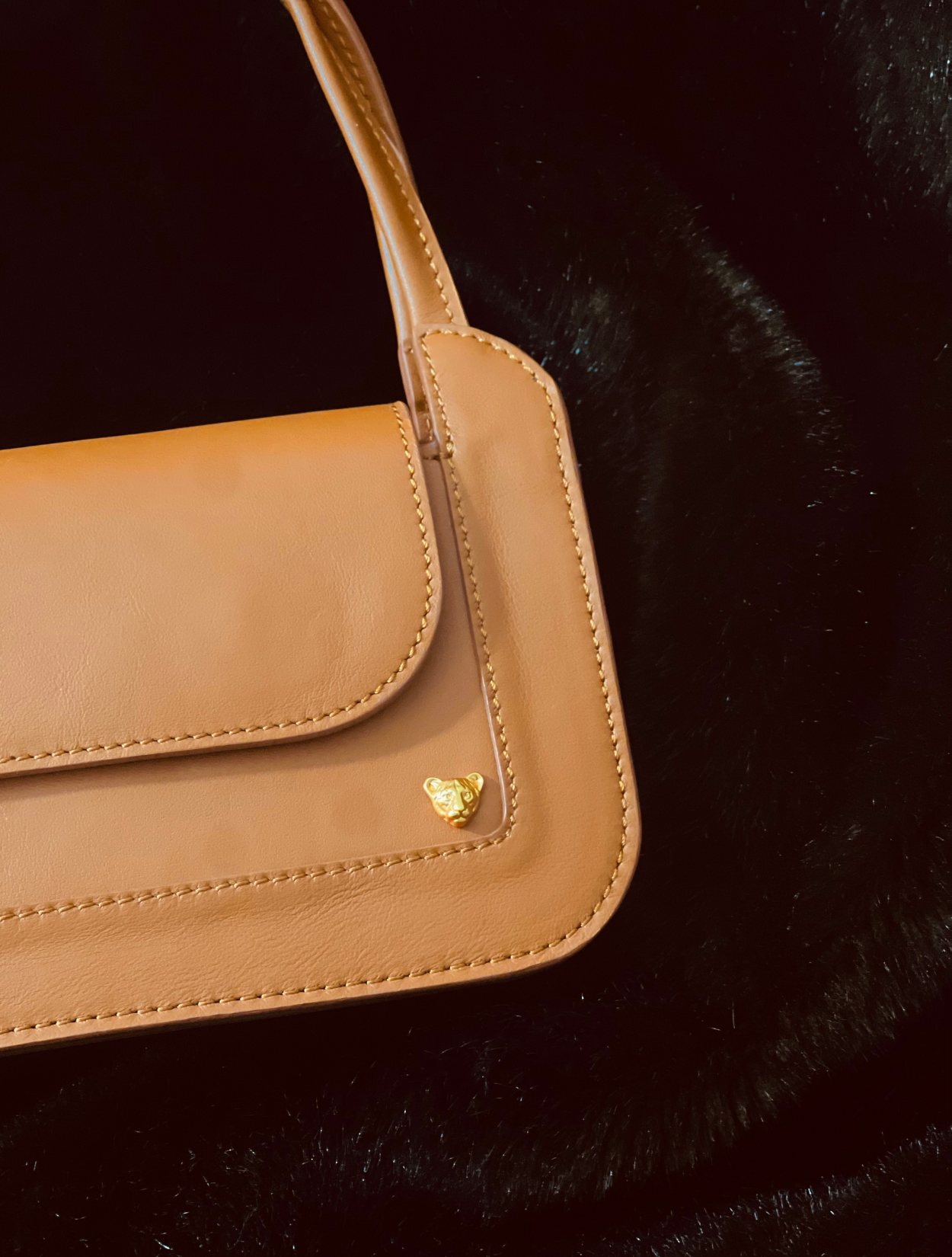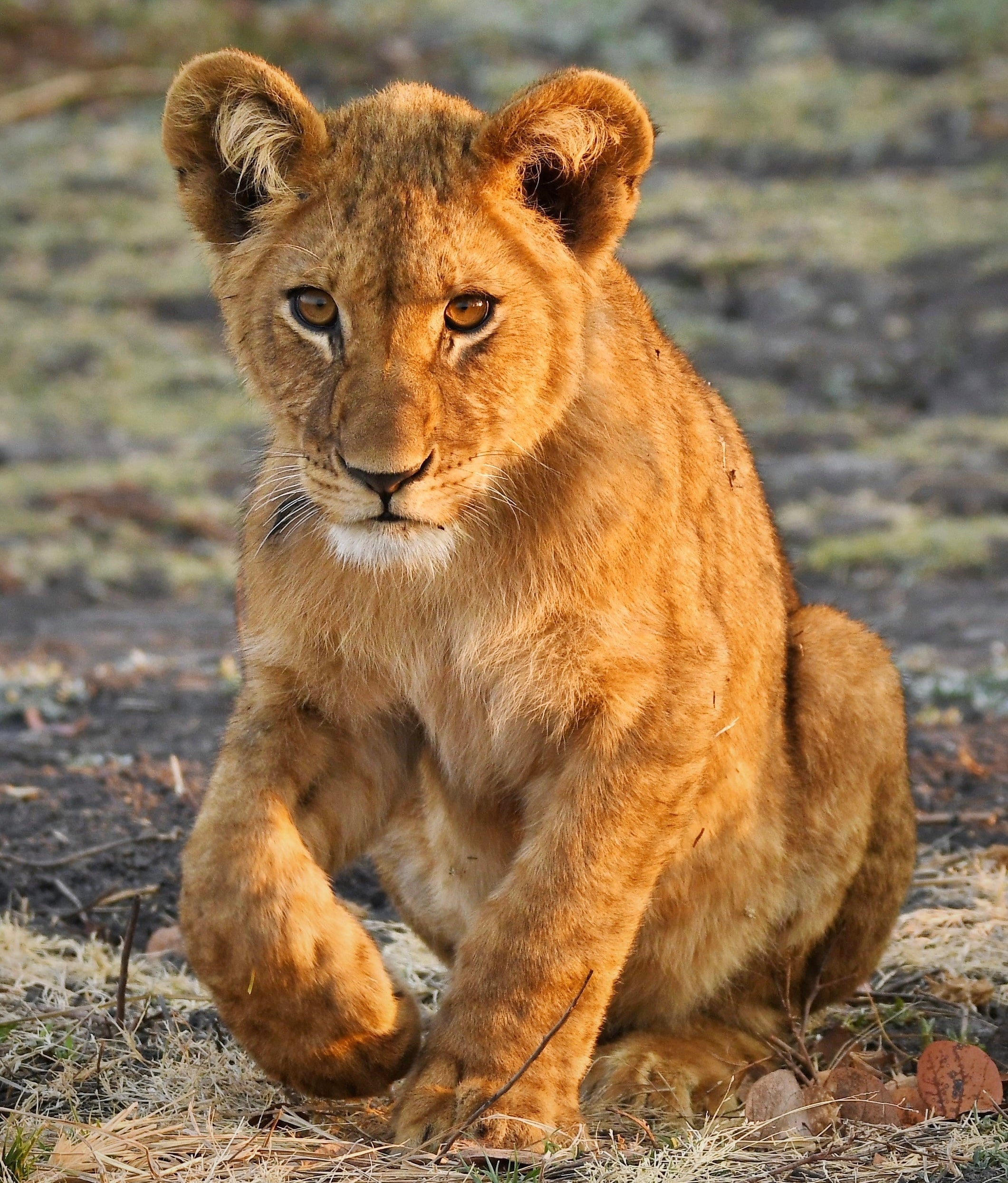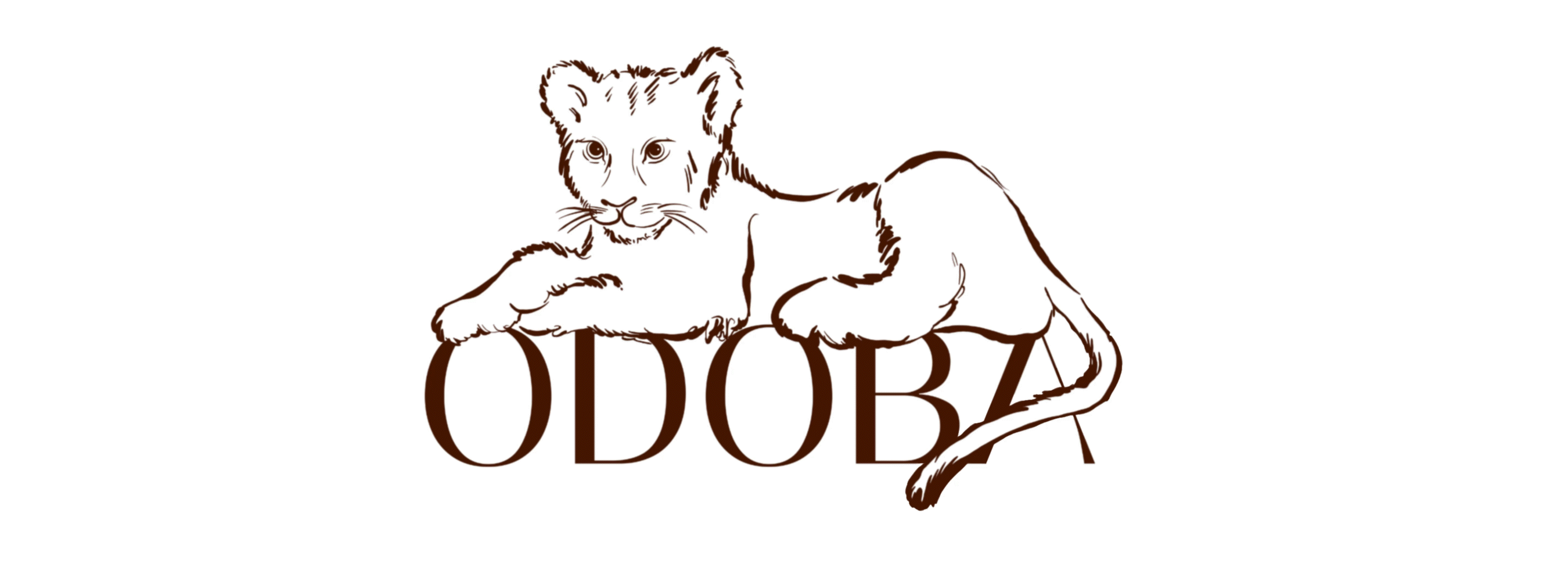Article: The Making of the Evangeline
The Making of the Evangeline
Before there was a bag, before there was even a concrete plan, there was a question: What do I truly want to do?
While still in school, I was thinking about my future. I had always loved fashion, but my fascination with handbags and jewellery had deepened over time. There was something about them—how they are, for the most part, one size fits all, yet still serve as powerful tools for personal expression. More than just accessories, they carry meaning, identity, and history. I also knew that I wanted my work to go beyond aesthetics; I wanted to learn about different cultures and incorporate their stories into what I create, beginning with my own in Collection One, Ala Igbo.
But it couldn’t just be about taking inspiration. I wanted to contribute, to support NGOs that work in the regions I learn about, ensuring that my work was not just extracting from a culture but giving back in return. This idea shaped everything that came after.
The Search Begins
I began looking into handbag manufacturers while still in school, initially exploring factories in China. At first, it seemed like a logical route—ready-made bags, existing designs, mass production. But the minimum order quantities were staggering: 300 per colour, per style. It wasn’t just impractical; it felt impersonal. And beyond that, I couldn’t shake the feeling that it wasn’t mine. I wanted to be part of the process, to create something from the ground up, not just put my name on an existing design.
During my search, I met N.F., an incredible mentor who would go on to guide me throughout this entire journey. It was N.F. who introduced me to A.K., a handbag designer based in the UK, and together, we began shaping the first concept of the Evangeline.
The Concept: A Balance of Strength and Subtlety
From the outset, we wanted the Evangeline to be timeless—understated yet bold enough to hold its own. A bag that could move through different spaces effortlessly: worn with sweats for a quick errand, carried into a meeting, or taken out for the evening. It had to be something that could be treasured, gifted, passed down. A piece that relied on its silhouette and materials rather than excessive hardware to make a statement.
And we didn’t want to be wasteful in sourcing or in production.
There’s a lot of discourse around vegan leather, but the reality is that many “vegan” alternatives are just plastic—PU and other synthetic materials that claim sustainability but contribute to environmental harm. Leather, when sourced responsibly, makes far more sense. There is already an abundance of byproduct leather, and using it ensures that we are working with something that exists rather than creating new waste. This was a non-negotiable in developing the Evangeline.
The Shape: From Jewellery to Handbag
At the same time, we were designing a jewellery piece—a hoop, rectangular with curved corners. That hoop never made it to production (temporarily shelved, but never forgotten), but it became the unexpected foundation of the Evangeline. We took its form and stretched it east to west, watching as it transformed into the bag’s frame.
I’ve always been drawn to structured silhouettes, and gussets—especially accordion gussets—play a huge role in that. They shape the depth of a bag, allowing it to expand without compromising its form. This became a defining feature of the Evangeline.
Finding the Right Makers
Through N.F., I was introduced to F.S., a wonderfully talented handbag artisan in Romania. After several meetings, F.S. agreed to bring the Evangeline to life in small batches, ensuring each bag was made with the precision and care it deserved.
But no design is perfect in its first iteration.
The earliest version of the bag had a single handle—a sleek, minimalist silhouette. The problem? The bag couldn’t open properly. The limited access meant that its functionality suffered, restricting what could fit inside. It wasn’t an easy fix. We went back and forth, asking: How do we adjust the handle without compromising the clean lines of the design? The answer wasn’t obvious at the time. It took time, deliberation, and consulting with another talented handbag designer, C.B., before we had an epiphany: two slim handles.
A simple shift. But it changed everything.
The Refinement Process
Then came the next decision—how should the handles behave? Stiff so they stand upright, or soft so they fall naturally? Which would be more durable? We prototyped multiple versions, testing different handle lengths and technical materials before finalising the structure that felt just right.
The closure was another evolution. The first idea was an exposed magnetic clip, but we wanted something that disappeared into the bag, something that would close with a clean, satisfying snap. Neodymium magnets became the solution, striking the perfect balance between functionality and refinement.
For the lining, we initially chose a dark chestnut brown suede—a beautiful material that would later find its place in our Mirror in Pouch pieces. For the Evangeline, we needed something practical, something that would hold up over time. After careful sourcing, we found our answer in a soft nappa goatskin lining from a small, family-owned Italian tannery.
The Leathers
Cocco Jenny Crocco Embossed—a hand-painted leather full of colour and depth. The moment I saw a PDF of it, I knew. Everyone cautioned me: You have to see and feel the leather before committing. But I just knew. Sunburst Pink was the first colour sampled, and it was love at first sight.
Lille Nappa—a buttery soft calfskin that struck the perfect balance between structure and texture.
Piuma Patent—this one took convincing. My mentor, N.F., is a patent leather queen, but I wasn’t sold. She encouraged me to try it, and I did. And I’m so glad I did. It added contrast, an edge, something unexpected.
The colourful crocs, buttery-soft neutrals, and glossy darks. A combination that felt right.
Three Years in the Making
Countless Zoom calls. WhatsApp messages at all hours. Early-morning emails. Adjustments, refinements, problem-solving.
And finally, the Evangeline.
Its petite companion, the Little Evangeline.
And our lion cub, sitting proudly in the corner.
More Than a Bag
The Evangeline is more than the sum of its parts. It carries years of learning, of trial and error, of meticulous craftsmanship. It is a love letter to thoughtful design, to patience, to the beauty of building something from the ground up.
And now, it is yours to carry.








